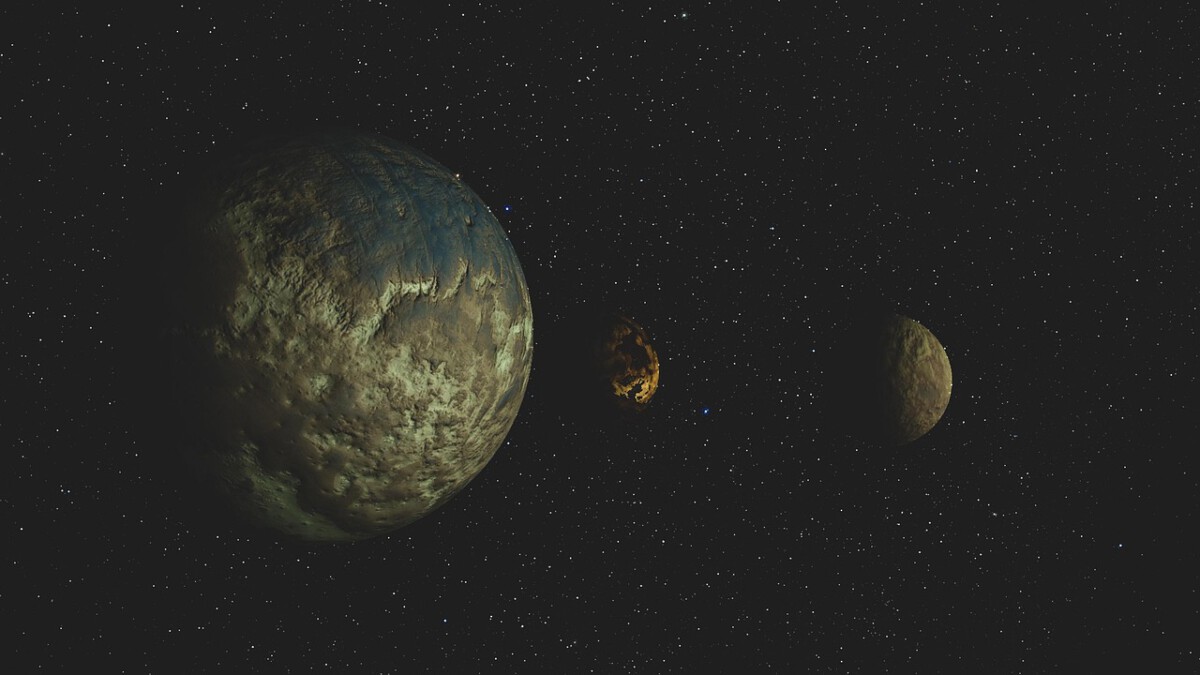1. Time Dilation: Time Really Slows Down

It sounds like something from Doctor Who, but time dilation is a fact confirmed by countless experiments. According to Einstein’s theory of relativity, time isn’t fixed. It actually moves slower for objects moving at high speeds or near massive gravitational fields. Astronauts on the International Space Station age just a tiny bit slower than people on Earth. In 2019, atomic clocks flown on jets proved that time ticks differently for fast-moving objects compared to those at rest. This isn’t just theory—GPS satellites must account for time dilation to provide accurate location data, or else your phone would lead you miles off course.
2. Quantum Entanglement: Spooky Action at a Distance

Quantum entanglement is so strange that even Einstein called it “spooky.” When two particles are entangled, whatever happens to one instantly affects the other, no matter how far apart they are. In 2022, scientists in China managed to entangle photons across a record-breaking distance of over 1,200 kilometers using satellites. This bizarre connection has real-world applications: quantum communication networks, being developed today, promise ultra-secure encryption that could make hacking nearly impossible.
3. Black Holes Evaporate: Hawking Radiation

Stephen Hawking shocked the world by proposing that black holes aren’t entirely black—they slowly evaporate by emitting what’s now called Hawking radiation. This phenomenon was confirmed in laboratory analogs in 2016, where scientists created “artificial black holes” with sound waves and observed similar effects. This means even the most powerful vacuum in the universe can fade away, bit by bit, over billions of years, challenging our view of cosmic permanence.
4. Wormholes: Shortcuts Through Space and Time

Wormholes are a staple of science fiction, but they’re not just fantasy. The equations of general relativity allow for “Einstein-Rosen bridges”—wormholes that could connect distant points in space (and maybe even time). While no one has seen a real wormhole yet, in 2023, physicists at Caltech used quantum computer simulations to model a tiny wormhole, showing the math really works. Scientists are searching for ways to spot evidence of natural wormholes in the universe.
5. Quantum Tunneling: Particles Pass Through Walls

Imagine throwing a ball at a wall and seeing it appear on the other side without breaking the wall. That’s quantum tunneling. This effect is fundamental to how electronics work, especially in semiconductors and the transistors inside your phone. In 2020, researchers measured electrons tunneling through barriers in just a few attoseconds (one quintillionth of a second). Without tunneling, the Sun wouldn’t shine, because it’s essential for the nuclear reactions powering stars.
6. The Multiverse: Infinite Universes May Exist

The idea of a multiverse sounds like Marvel movie fiction, but scientific theories suggest it’s possible. Inflationary cosmology, based on data from the Planck satellite, implies our universe might be just one bubble in an endless cosmic foam. In 2021, researchers at the University of Oxford argued that certain quantum physics equations naturally lead to the idea of countless parallel universes, each with its own version of reality. While we haven’t found direct evidence, the math is surprisingly compelling.
7. Dark Energy: The Universe Is Pushed Apart by an Invisible Force

In 1998, astronomers discovered that the universe isn’t just expanding—it’s speeding up, driven by a mysterious force called dark energy. According to the latest data from the Dark Energy Survey, dark energy makes up about 68% of the universe. We don’t know what it is, but we do see its effects: galaxies are racing away from each other faster and faster, as if some cosmic fuel is pushing everything apart.
8. Teleportation: Information Really Can Be “Beamed”

Teleportation of people is still fantasy, but quantum teleportation—the instant transfer of information between particles—has been demonstrated in the lab. In 2023, Austrian and Chinese scientists broke records by “teleporting” quantum information between distant labs using entangled photons. This isn’t moving matter, but it’s a real transfer of properties, and it could revolutionize how we send data, making communication faster and more secure than ever.
9. Antimatter: The Universe’s Mysterious Twin

Antimatter sounds like something from Star Trek, but it’s real, and we can even make it in labs. For every particle, there’s an antimatter twin with opposite charge. The 2024 experiments at CERN’s Antimatter Factory have deepened our understanding by trapping antimatter for longer than ever before. When matter and antimatter meet, they annihilate perfectly, releasing energy. The fact that our universe is mostly matter, not antimatter, remains one of physics’ biggest mysteries.
10. The Holographic Universe: Reality Is a 2D Projection

Could our 3D universe be a projection from a 2D surface? This sounds outlandish, yet serious physicists study the “holographic principle.” In 2017, researchers found mathematical evidence that some black holes can be fully described by information on their surfaces, not their volumes. More recently, studies in quantum gravity continue to hint that the universe’s deepest secrets might be written on a distant cosmic “screen,” much like a hologram.
11. Negative Energy: Exotic Matter for Future Tech

Negative energy is more than science fiction jargon—it’s part of real physics equations. In 2024, scientists at the University of Maryland created negative energy densities in the lab using “squeezed light.” While we aren’t building warp drives yet, negative energy is a key ingredient in theoretical models for wormholes and faster-than-light travel. This pushes the boundaries of what technology might one day achieve.
12. Quantum Superposition: Particles in Two Places at Once

Quantum superposition is the idea that particles can exist in multiple states simultaneously until measured. In 2022, researchers in Switzerland put a molecule made of over 2,000 atoms into a superposition, showing this weirdness isn’t just for tiny particles. This principle powers quantum computers, which could one day solve problems impossible for today’s fastest supercomputers. It’s a reminder that our everyday world is built on rules stranger than any science fiction.



